From Despair to Discovery
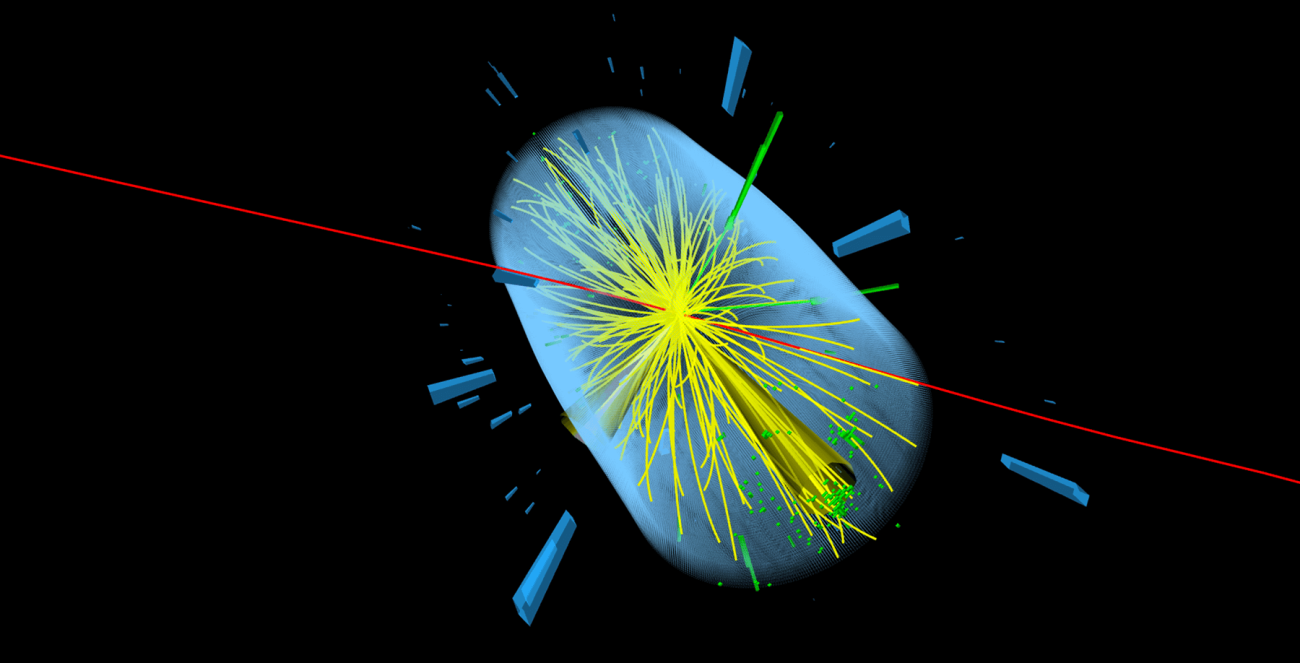
The Ultimate Higgs Discovery Machine: The excitement amongst particle physicists around the world was palpable when the LHC, a proton accelerator twenty years in the making, started its commissioning phase on 10th September 2008. With 7 TeV protons beams designed to collide with unprecedented intensity, the LHC could produce the long sought-after Higgs boson of the Standard Model (SM) with a mass of up to ≈ 600 GeV, at a rate suitable for its discovery in a very short period of its running. Alternatively, its ability to rule out the existence of the Higgs boson would point to New Physics in solving the mystery of how the elementary particles got their mass. This was the “no-lose theorem” that the physicists wanted resolved quickly. But nine days after startup all such aspirations sank when an electrical fault in one of the main dipoles resulted in the release of helium from the magnet cold mass and mechanical damage to nearby magnets. CERN reacted swiftly with a program of work which included a quick restart at a lower beam energy of 3.5 TeV and a path towards long-term consolidation, ultimately targeting the design center-of-mass energy (√s of 14 TeV. With the collision energy and a potential beam intensity downgrade, a sense of despair set in amongst the Higgs hunters. Due to the much smaller production cross-section at √s = 7 TeV, the Higgs hunt, they feared, would now be a long marathon, not the desired sprint. Disappointed, many physicists moved on to search for New Physics phenomena with potentially large cross section at √s = 7 TeV. In 2009, the effort on Higgs searches in CMS had reached its nadir. In addition, at that time, the Tevatron posed an existential threat to LHC if the Higgs boson mass (MH) turned out to be around 115-170 GeV. With their Run 2, Tevatron experiments were collecting enough data to potentially eat the LHC’s Higgs lunch!
A New Hope: But all was not lost. The LHC performed brilliantly in the early operations in 2010 with a limited number of bunches and rapidly reached the nominal single-bunch beam parameters. The prospect of the LHC quickly delivering more than 0.5 fb-1 became plausible. Meanwhile, CMS made giant strides in developing and sharpening its analysis tools such as Particle Flow for a global event description, lepton reconstruction and b-quark tagging, which could help carve out priorly unreachable Higgs decay channels such as H → ZZ → l+l- νν, Η →bb and H → τ+τ- . With these sharp tools in hand, in Summer 2010 CMS started developing a new “drops in the bucket” Higgs search strategy targeting searches in a large set of Higgs production & decay modes to make every viable channel and every bit of information count. Decay modes once thought impossible, came into play due to the new sophisticated analysis techniques built from these tools. To combine results from this large set of measurements into one, CMS developed an intricate statistical framework which is still used in all Higgs searches.
Game on: At the Moriond conference in 2010, Tevatron experiments closed the sweet spot for early discovery at ΜΗ ≈160 GeV. In combination with the LEP limits, the mass range left for the LHC to discover the Higgs boson was as shown in Figure 1. There was an additional clue: assuming the existence of a SM Higgs boson, global fits to all electroweak data, including the LEP limits, constrained the SM Higgs boson to ΜΗ < 185 GeV @95% confidence level. On the other hand, it could well be that the Higgs field was an incorrect conjecture like the aether of the past. If so, a definitive experimental proof of its non-existence by LHC experiments would shake Particle Physics at its very core.

Figure 1. The Higgs boson mass range left for the LHC to explore.
Rise of the machine: By summer 2010, the increase in the LHC single bunch intensity was fast and smooth. Beam-beam effects and the aperture in the presence of crossing angles were not a critical limitation. The next step was to rapidly increase the number of bunches while being mindful of beam-protection needs during collimation and beam dump. At the January 2011 Chamonix LHC performance workshop, the prospects grew rosier. Conservative luminosity goals for 2011 of (2 x 1032 cm-2s-1 instantaneous) and 1 fb-1 (integrated) were set, but based on the LHC’s 2010 performance, there was scope to achieve much more. With 1404 bunches containing 1011 protons/bunch, spaced apart by 50 ns, and squeezed (with β* of 1.5m), an integrated luminosity of about 3 fb-1 was possible in 2011. With such rich prospects the hunt for the Higgs boson was on again!
The Bodrum Initiative: At the time CMS started learning of the aggressive 2011 luminosity plan from machine physicists, its Higgs search group had mostly evaporated. The old faithful that remained were too few to carry out the ambitious new search strategy that was being developed. It was now time to handpick an aggressive Higgs search team which thought outside the box and was very quick in its actions.
In September 2010, CMS organized a Physics retreat in Bodrum to review CMS’s overall preparedness for the firehose of anticipated incoming data. There was only one plenary physics talk scheduled: new strategy for Higgs searches in 2011 and beyond. This talk, in which the core Higgs team
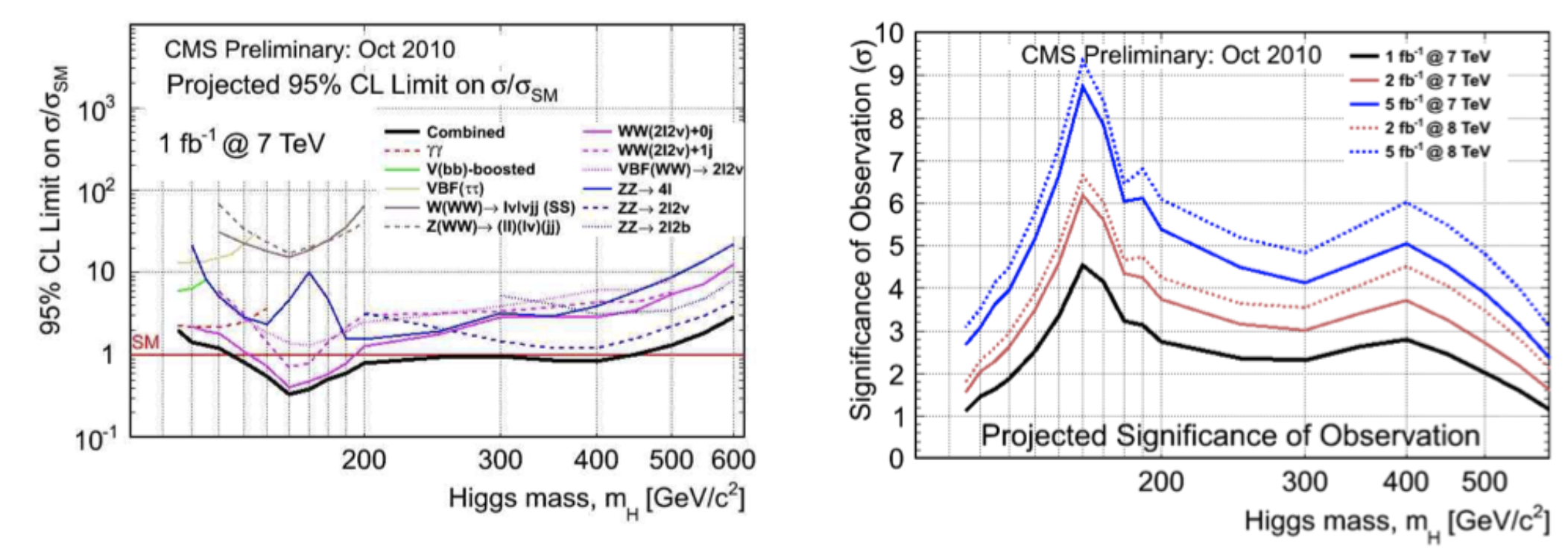
Figure 2. Projected exclusion limit Vs SM Higgs boson mass (left) & Significance of Observation (right).
projected an unexpected rich discovery potential with only a small dataset (Figure 2 (right)) and its ability to rule out a large swath of Higgs boson mass range (Figure 2 (left)), was crucial for re-energizing the Higgs search group and providing it sufficient CMS resources at the highest priority to succeed. The cover page of the talk, shown in Figure 3, is indicative of the urgent message the CMS physics team was sending to the Collaboration.
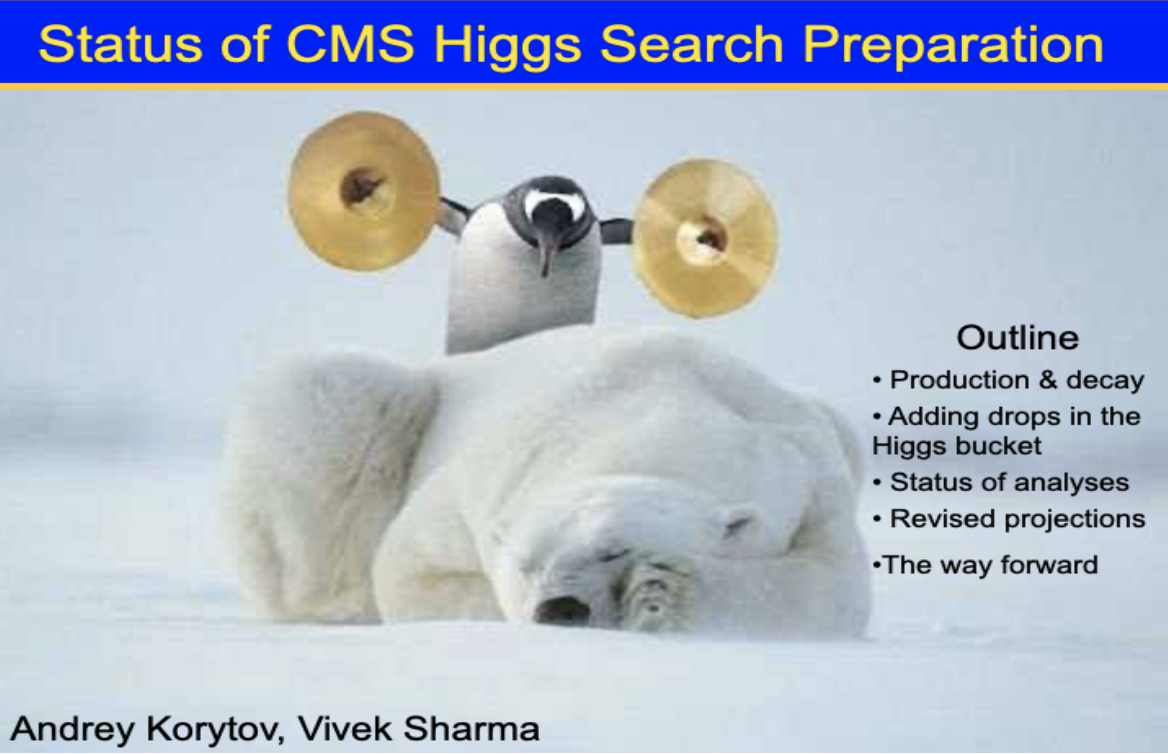
Figure 3. The opening slide of the Higgs Convener's talk presenting the new Higgs search strategy developed over summer 2010.
The CMS Collaboration became convinced of this plan and quickly added large resources to make it work. At the March’11 meeting of the CERN Scientific Policy Committee, the ATLAS and CMS experiments were grilled extensively but convinced the distinguished panel that the experiments were ready to hunt for the Higgs, independently, over a large mass range and that CERN should go full steam ahead to facilitate it.
All for one: Despite best LHC efforts, all Higgs boson searches would always be statistically limited in the early stages. With the Tevatron experiments in the rearview mirror, ATLAS and CMS agreed to develop procedures to combine the results of their Higgs searches into a single LHC result and formed the LHC Higgs Combination group. There were several skeptics with strong voices who proclaimed that this effort would be futile but the general will within the two Collaborations to define and agree on a common combination procedure was strong. It propelled Higgs experts from both experiments to come together, dive down the rabbit hole of unprecedented technical challenges and emerge with comprehensive solutions captured in a joint 50-page document called “ Procedure for the LHC Higgs boson search combination in Summer 2011 ”. This was a rare instance of the CMS & ATLAS experiments collaborating harmoniously towards a common good. The prevailing sentiment was to combine to provide the most stringent limits on a range of Higgs boson masses but not claim a “discovery by combination” until each experiment had individually reached the obligatory 5σ significance threshold.
The Easter Bump Hunt: The rising luminosity trend in Fall’10 seen in Figure 4 (inset) triggered a large variety of exercises within CMS to check for the Higgs group’s readiness to react to incoming data in an inclusive, efficient, and accurate manner. Amusingly, the biggest test of CMS’s readiness was triggered by a blog post just before Easter’11 pointing to a claim of a 4 sigma bump in the ATLAS Mγγ spectrum at ≈ 115 GeV with a rate much larger than SM expectation, but at about the same mass where the ALEPH experiment had seen a tantalizing excess in their Higgs searches at LEP-II. The rapid response to this news in CMS was impressive. Vacations were canceled, people who had returned to their homes to celebrate Easter rushed back to their laboratories. All data were quickly re-reconstructed with the latest algorithms and all targeted Higgs decay channels were examined and discussed in less than three days. The null results from every search channel was reported to the collaboration on 27th April. This rapid-fire drill, for which we thank ATLAS, gave the strongest validation of CMS’s readiness and the outstanding level of communication and cooperation between all its organs.
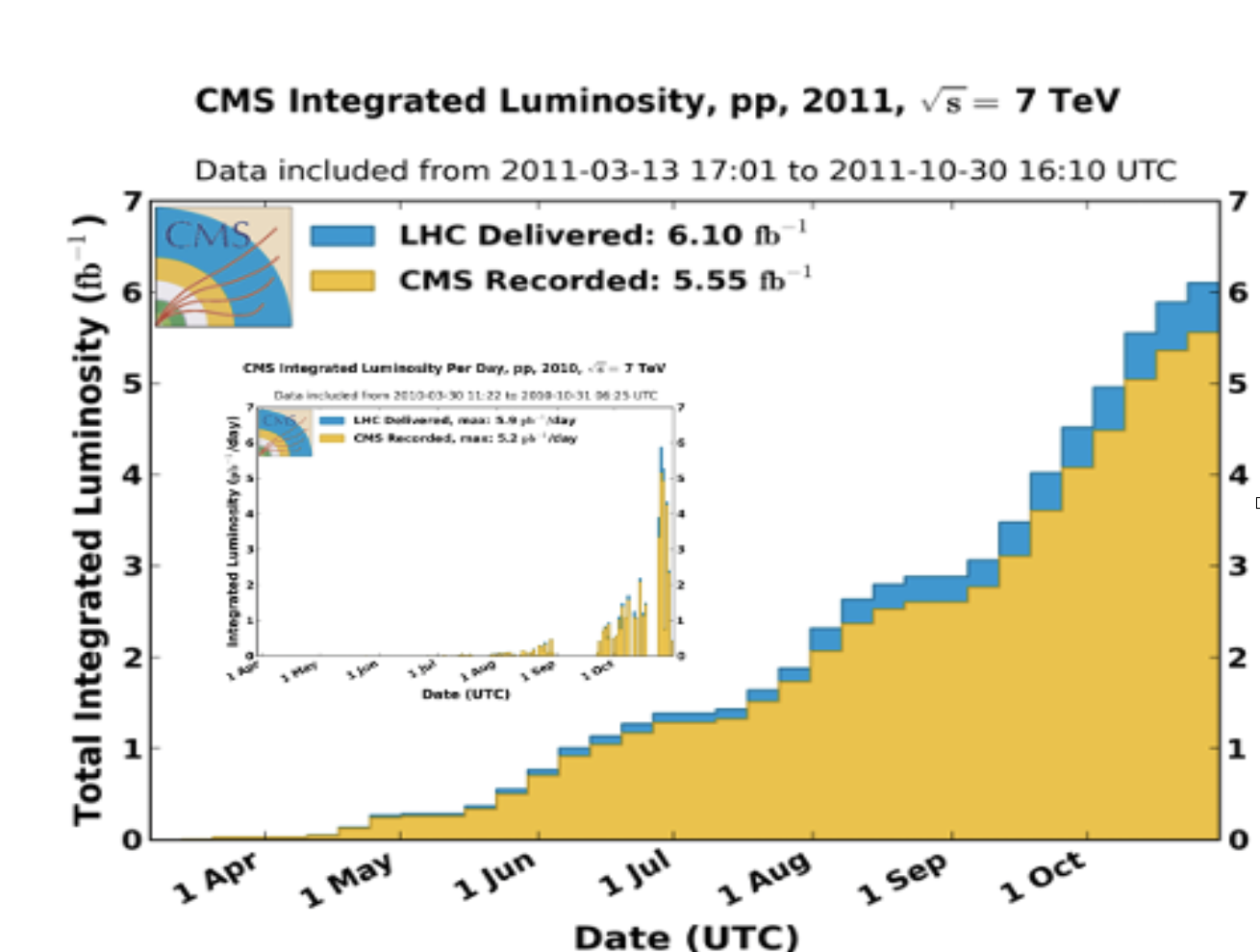
Figure 4. The integrated luminosity over the 2011 LHC pp run, with daily accumulated luminosity in 2010 shown in the inset.
Citius, Altius, Fortius: Within four months of 2011 operation, the LHC instantaneous luminosity had risen to 2 x 1033 cm-2s-1 . Each week brought its own challenges, such as dealing with multiple collision pileup, and decision making to deal with them was often balanced on a knife’s edge. For example, the aggressive ramp-up of LHC luminosity in September ’11 put pressure on CMS’s ability for prompt reconstruction of the pp collisions. A decision needed to be made on whether to stay the course and face a backlog or switch midstream to a much faster reconstruction algorithm requiring major reworking of all downstream analyses. To avoid disturbing a successful workflow, CMS decided to bite the bullet and chose the former option. Then, by a miracle, an unplanned LHC stoppage allowed us to catch up on event reconstruction. We escaped the anticipated backlog by the skin of our teeth!
First Results: By mid-June CMS had recorded 1.1 fb-1 of pp collisions. Eleven unique Standard Model and BSM Higgs searches from this dataset were planned for the EPS-HEP conference in Grenoble on 22nd July. The scene at CERN’s Building 40 leading up to that conference was electric. Sleep deprived physicists, living purely on adrenaline and lost in their thoughts like the whirling dervishes, attended a daily marathon of meetings. Satisfyingly, the extraordinary results they produced lived up to the projections made in Bodrum.
Just before the EPS meeting, directed by their spokespeople, the CMS & ATLAS Higgs conveners met in the CERN Cafeteria #1, opened their laptops and showed each other their results. Most results were as expected, with CMS excluding, at 90% Confidence Level, a SM Higgs boson with a mass between 145-480 GeV and ATLAS excluding a similar mass range. But there was a surprise. In the H → W+W- → lνlν channel, which is the most sensitive discovery channel for 130 < ΜΗ < 200 GeV, both experiments were seeing a broad excess at ΜΗ between 110-160 GeV consistent with ΜΗ ≈ 140 GeV. The presence of two neutrinos in this channel leads to a poor Higgs mass resolution of ≈ 30 GeV so a putative signal would appear as a broad bump in ΜΗ. But the significance of the observed excess (about 2 in CMS and slightly higher in ATLAS) above pernicious backgrounds was not sufficient to claim a discovery. Nevertheless, pressure mounted from within the HEP community and the media for the two experiments to combine their results and claim evidence for the Higgs boson. Upon further inspection, the nature of the excesses was puzzling and the possibility of a freak background fluctuation as the cause of the excesses became a likely option. The CERN leadership at that time, Rolf Heuer (CERN’s Director General) & Sergio Bertolucci (CERN’s Director for Research & Scientific Computing), understood our reluctance to combine. So they absorbed the pressure, thereby shielding ATLAS & CMS to focus on adding more data for the Lepton-Photon Conference at Mumbai in August’11. Consistent with the nature of background fluctuations, with an additional Μ≈ 0.5 fb-1 data, at LP’11, the significance of the excess receded in both experiments; by not listening to the irresponsible drumbeats to combine results, we successfully dodged an embarrassing statistical bullet. At the November HCP’11 conference in Paris, the first combination of Higgs searches by ATLAS and CMS, each with about 2 fb-1 data, ruled out, at 95% confidence level or higher, a SM Higgs boson with 141 < ΜΗ < 476 GeV. The WW anomaly had subsided. The SM Higgs boson, if it existed, was now trapped in the 115-141 GeV mass range.
Show me the money: After about 180 days of colliding close to four hundred trillion (4x1014) protons in 2011, the LHC pp run ended on 30th October. CMS recorded 5.2 fb-1 with > 98.5% detector channels operational and > 91% data taking efficiency. Within three weeks the entire data set was analyzed in the eight sensitive SM Higgs decay channels and their results combined. CERN scheduled a public seminar on 13th December. Two days before the seminar, teams of ATLAS and CMS physicists met with the CERN leadership and previewed each other’s results. The trap had now become much tighter. At 95% confidence, the expected Higgs boson mass exclusion, in the absence of a signal, was in the range of 117-543 for CMS and 124.6-520 GeV for ATLAS. But in data, ATLAS saw an excess, at ΜΗ ≈ 126 GeV with a local significance of reduced by the look-elsewhere-effect to a global significance of 2.5 in the priorly unexcluded Higgs mass range. CMS saw an excess (see Figure 5) at ΜΗ ≈ 124 GeV with a local significance of 2.6 sigma and a global significance of 1.9 . As a result, ATLAS and CMS could not rule out the Higgs boson mass range of 115.5 < ΜΗ < 131 GeV and ΜΗ < 127 GeV, respectively.
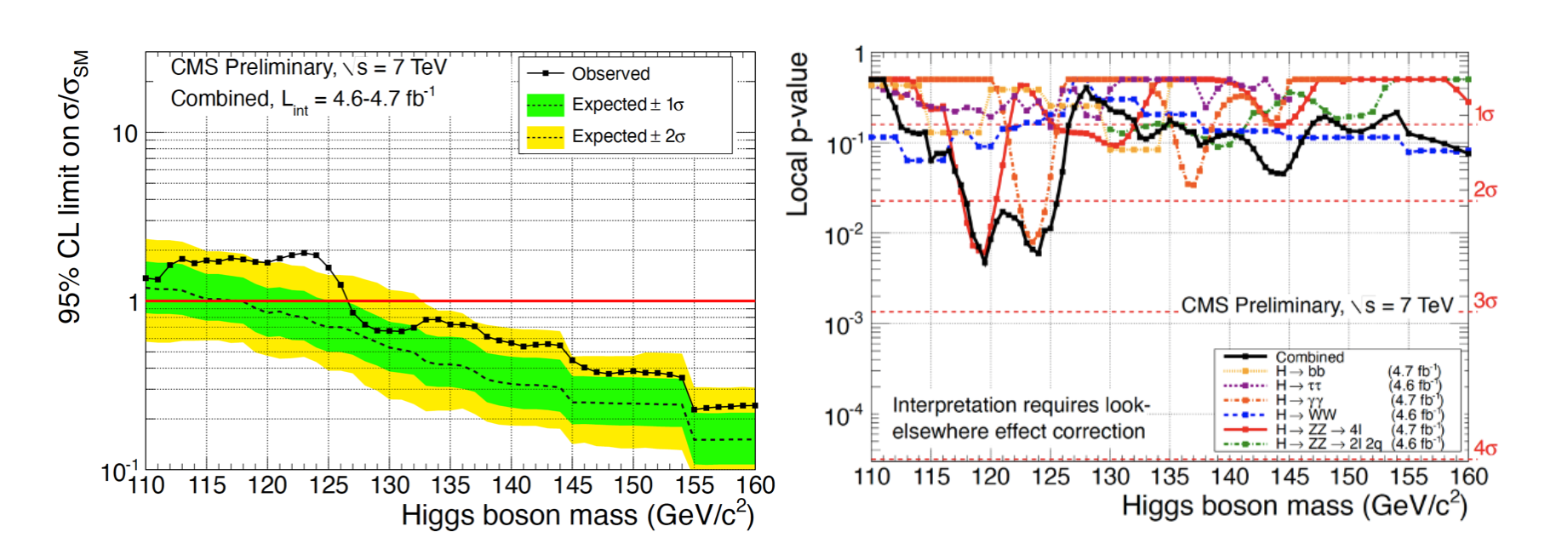
Figure 5: As a function of the Higgs boson mass in 110-160 GeV range (left), the 95% upper limit from data on the signal strength modifier (μ = σ/σμ) showing an excess ΜΗ near ≈ 124 GeV and (right) the local p-value, the probability of the observed excess with the background-only hypothesis.
By themselves, none of the two excesses were statistically significant, but the coincidence of the trends in various Higgs sub channels of the two experiments was suggestive of a Higgs boson of mass around 124-126 GeV. ATLAS & CMS did not combine their results but at the CERN seminar some in the audience did!
The CMS press statement was suitably guarded. It read “...The excess is most compatible with a SM Higgs hypothesis in the vicinity of 124 GeV, but the statistical significance is not large enough to say anything conclusive. As of today, what we see is consistent either with a background fluctuation or with the presence of the SM Higgs boson. Refined analyses and additional data in 2012 will definitely give an answer”.
In retrospect, along with the physicists in the CERN auditorium that day, about 110,000 webcast viewers from all parts of the Earth, more than 400,000 Twitter followers and representatives from 71 international media outlets were watching the birth of the Higgs boson!
The road to discovery: The twelve months of 2011 were the critical period for the Higgs search effort in CMS. We got our first large data sample that year which stress-tested all our resources. We learnt to rapidly refine event reconstruction & analysis tools and worked in unison to produce results for public dissemination in quick time despite the challenges from the meteoric rise in LHC’s beam intensity. The next steps towards the Higgs boson search in 2012 were well defined. It was clear that if we were seeing a glimpse of the Higgs boson in 2011 data, it would not take very long for each experiment to arrive at a signal with significance greater than 5σ. All we needed was more data and we needed it fast!
The LHC’s collision energy was increased to √ s = 8 TeV thereby boosting the Higgs boson production rate by about 27%. Despite the nuisance of larger multi-event pileup, the experiments preferred to stay with 50 ns bunch spacing instead of possible 25 ns so as to record the largest number of pp collisions in the shortest time. With a much smaller β* of 60cm, by early June 2012, the LHC had delivered 6 fb 1, about a five-times larger dataset than in the same period in 2011.
Due to small signal and large background issues, of all the Higgs decay channels, the two standout channels to precisely search for the Higgs boson in the 115-127 GeV mass range were the “golden channels” with excellent invariant mass resolution (1-2 GeV): Η → γγ and Η → ΖΖ → 4l . The Higgs boson discovery announced on July 4th, 2012, came about 30 months after LHC re-commissioning at √ s = 900 GeV , and required much less data than originally feared. Due to the heroic efforts of the LHC machine physicists and the extraordinary ingenuity and determination of the CMS collaborators, the Higgs boson search finished as a thrilling sprint, not an agonizing marathon!
